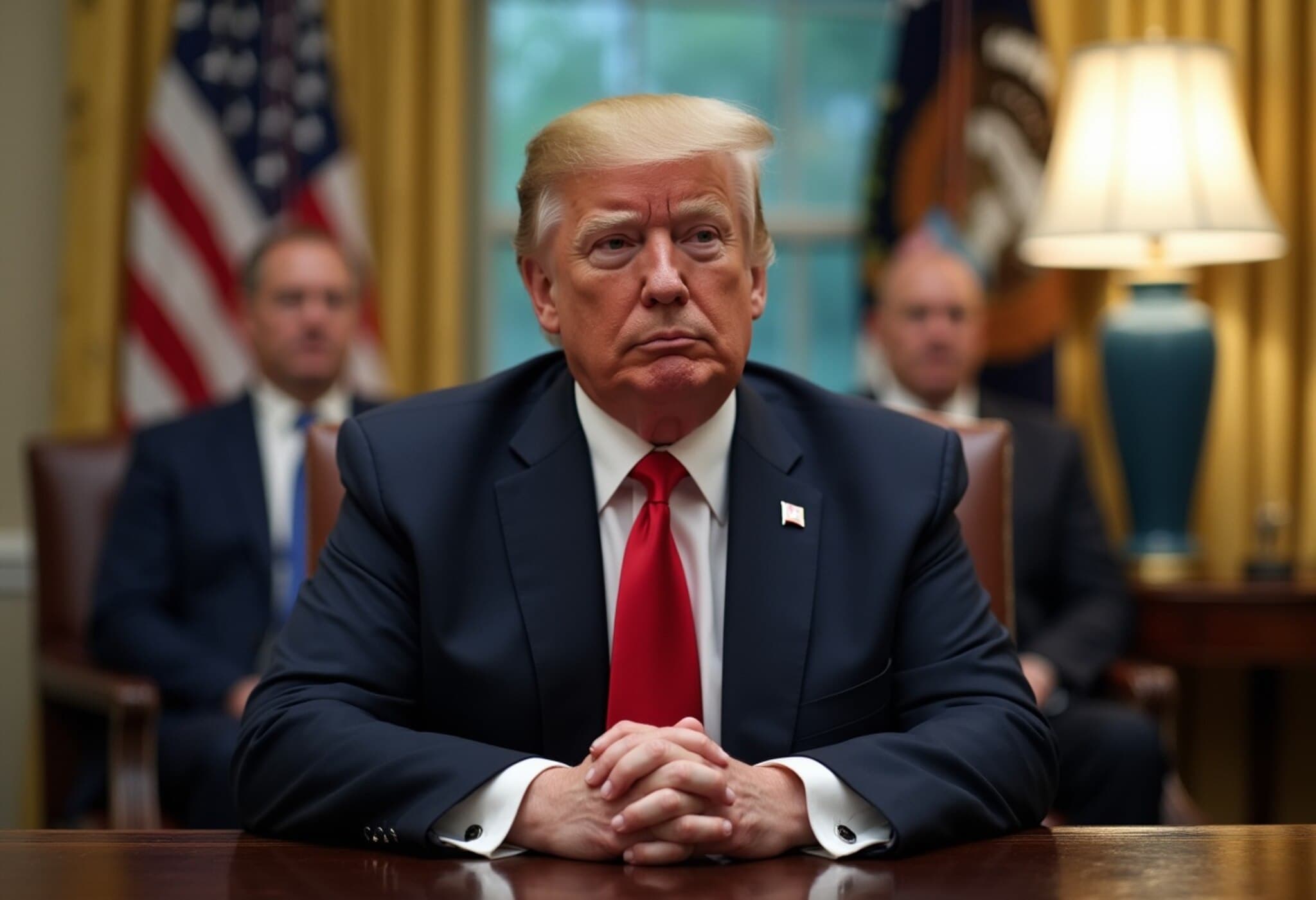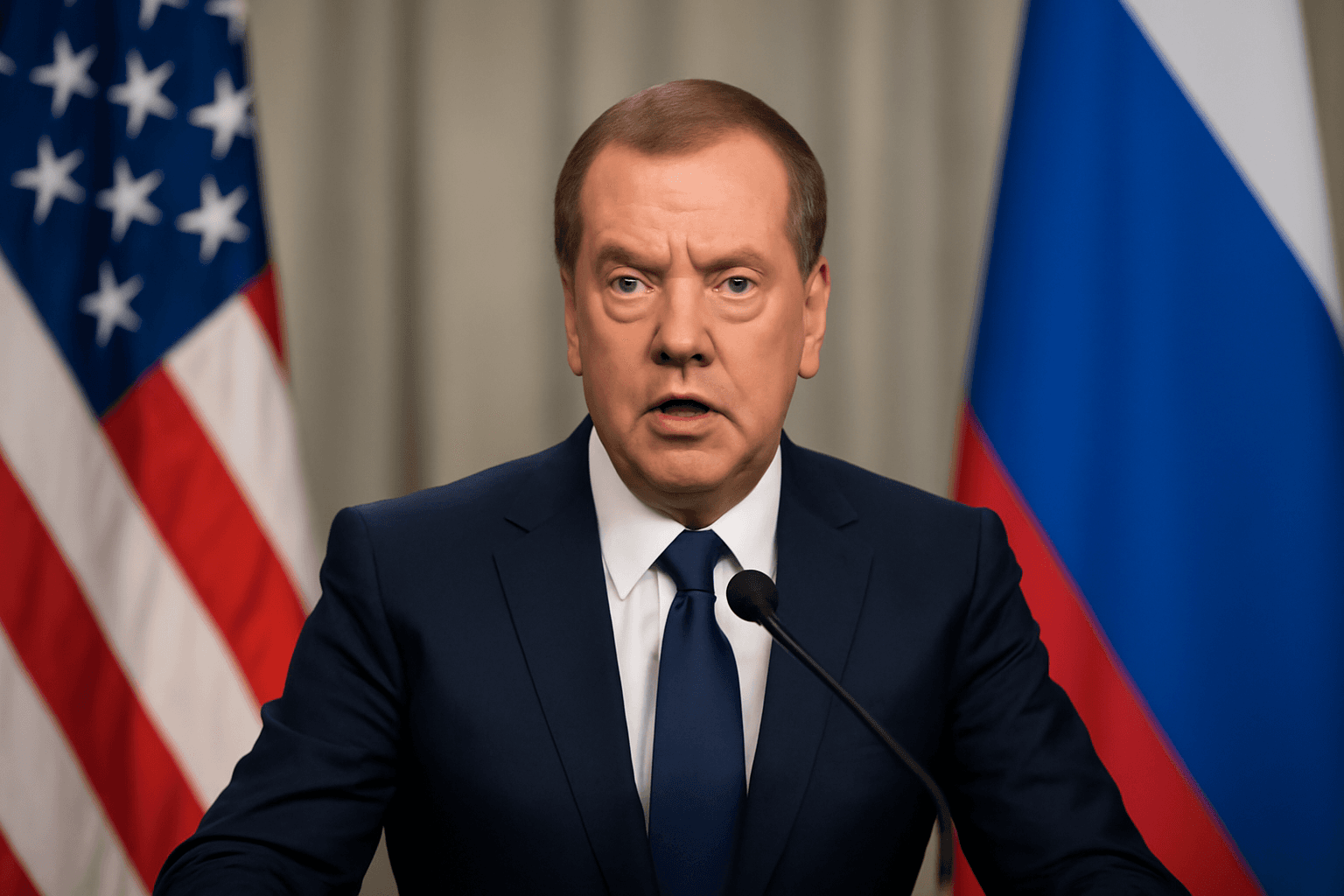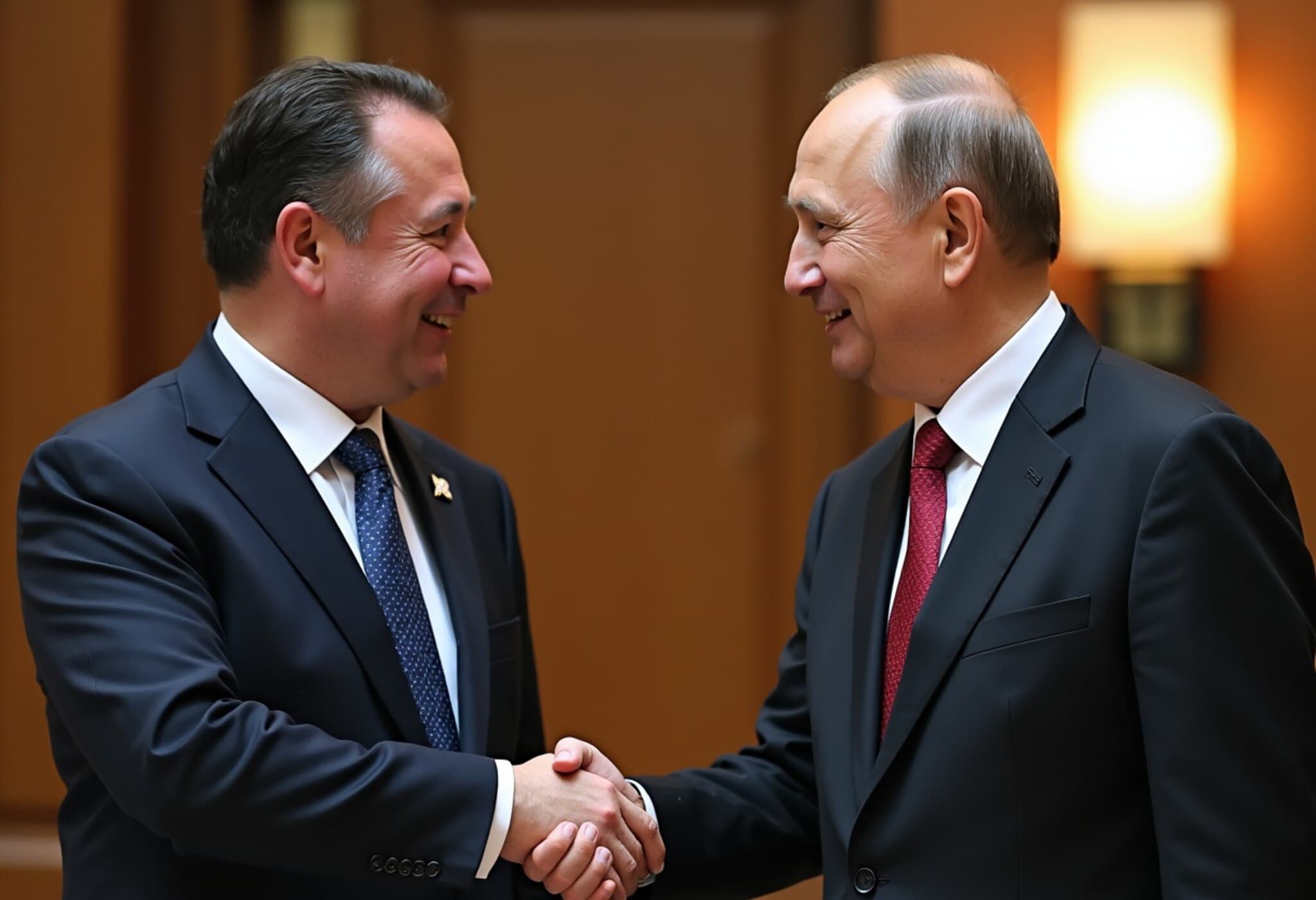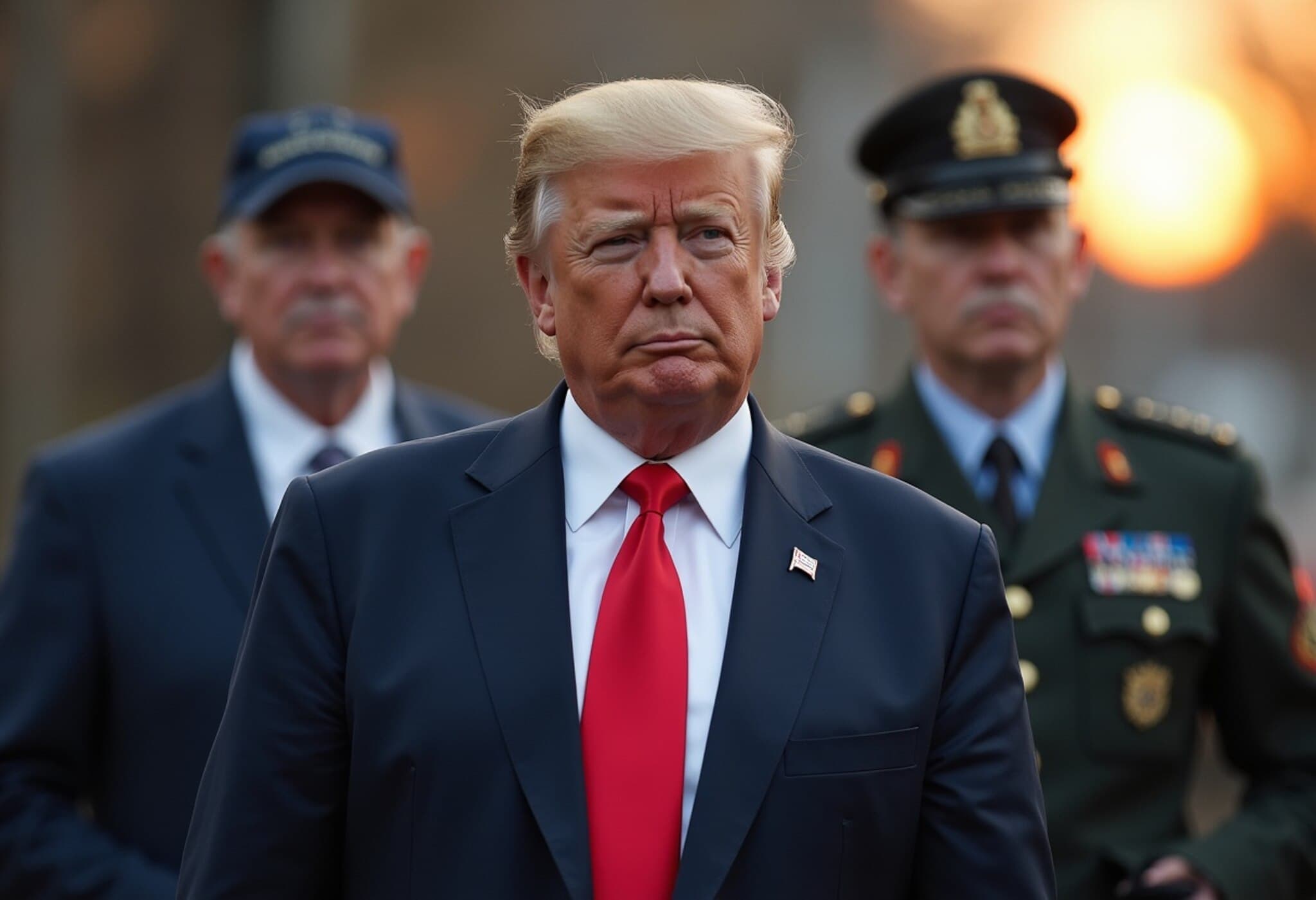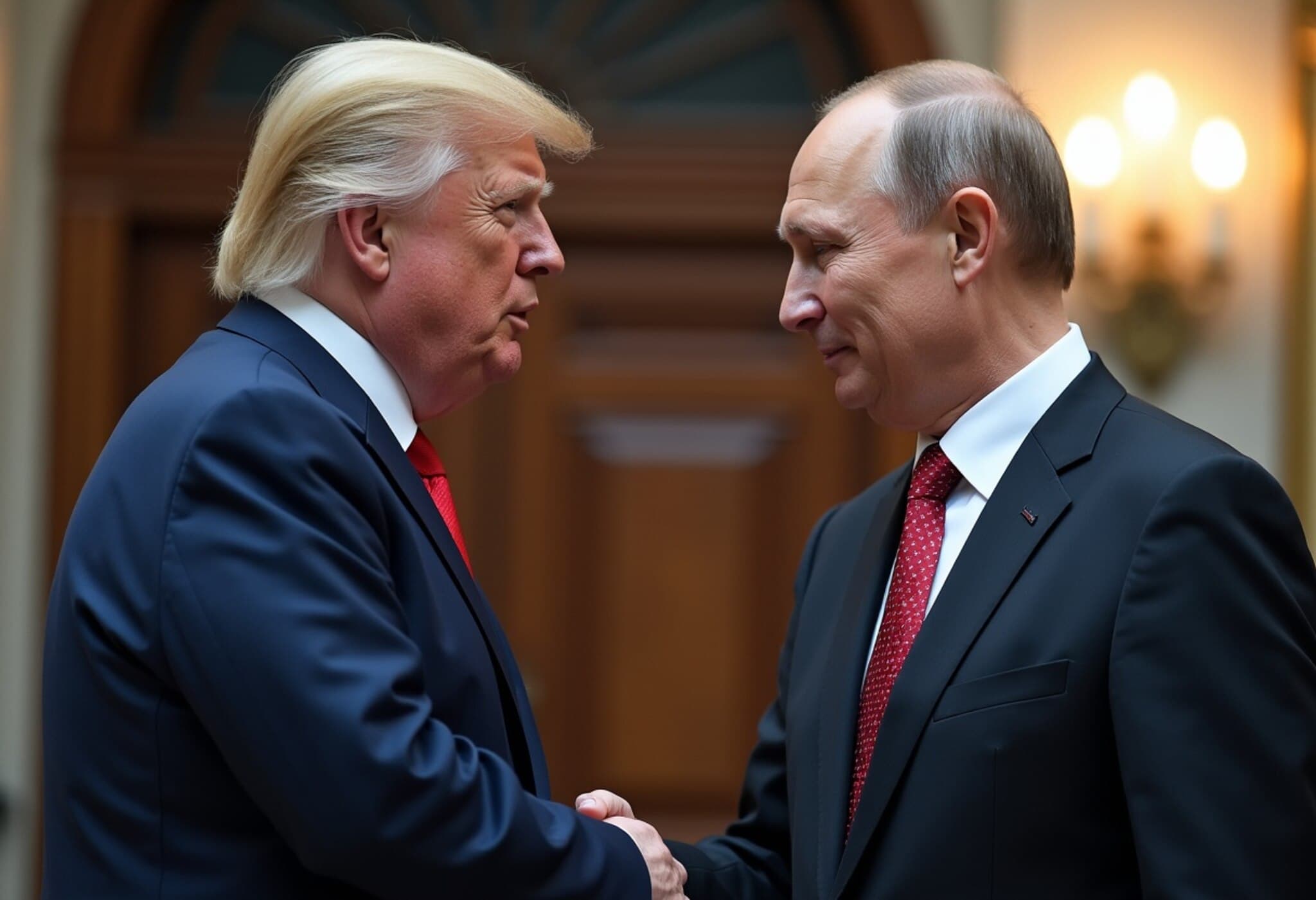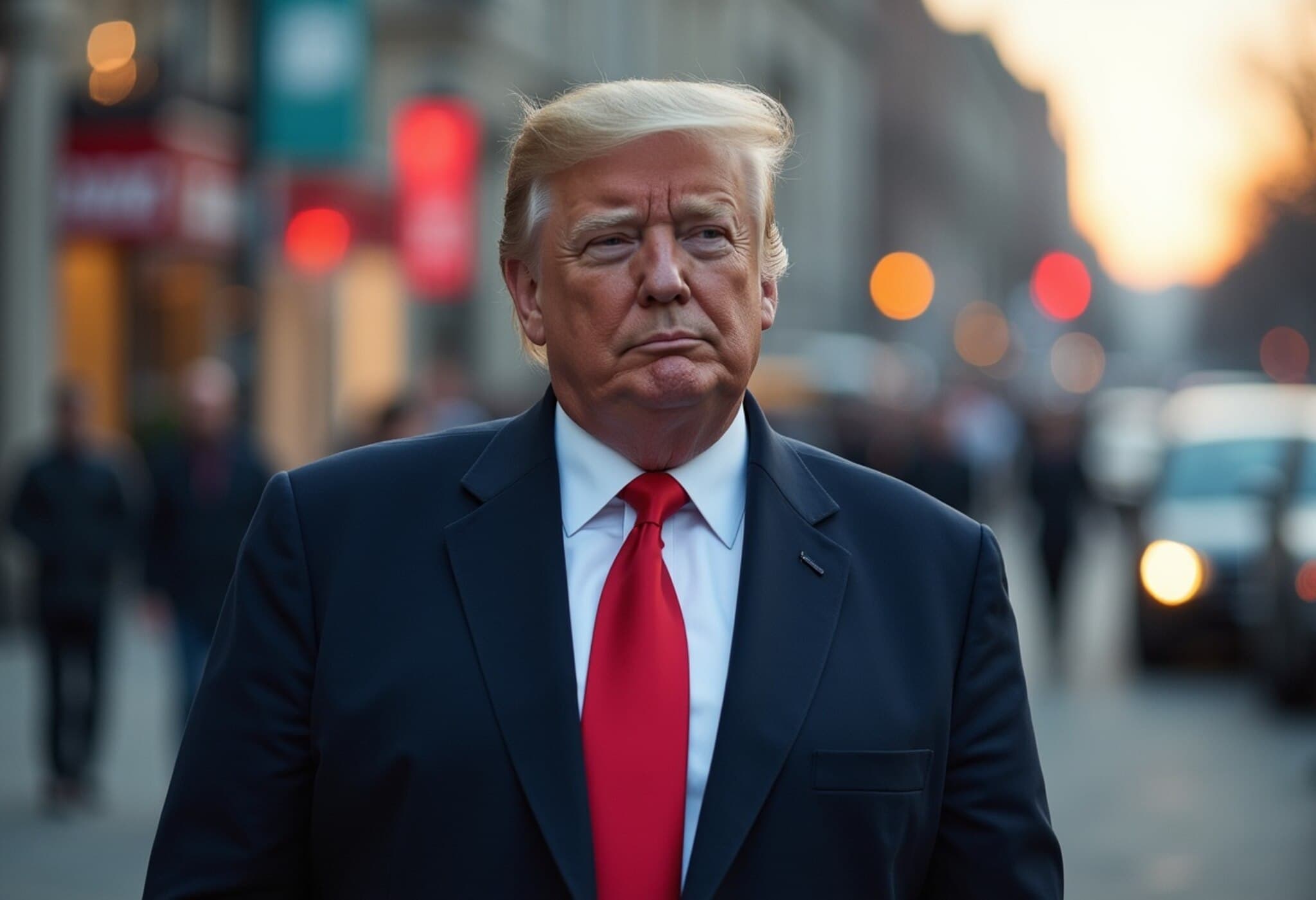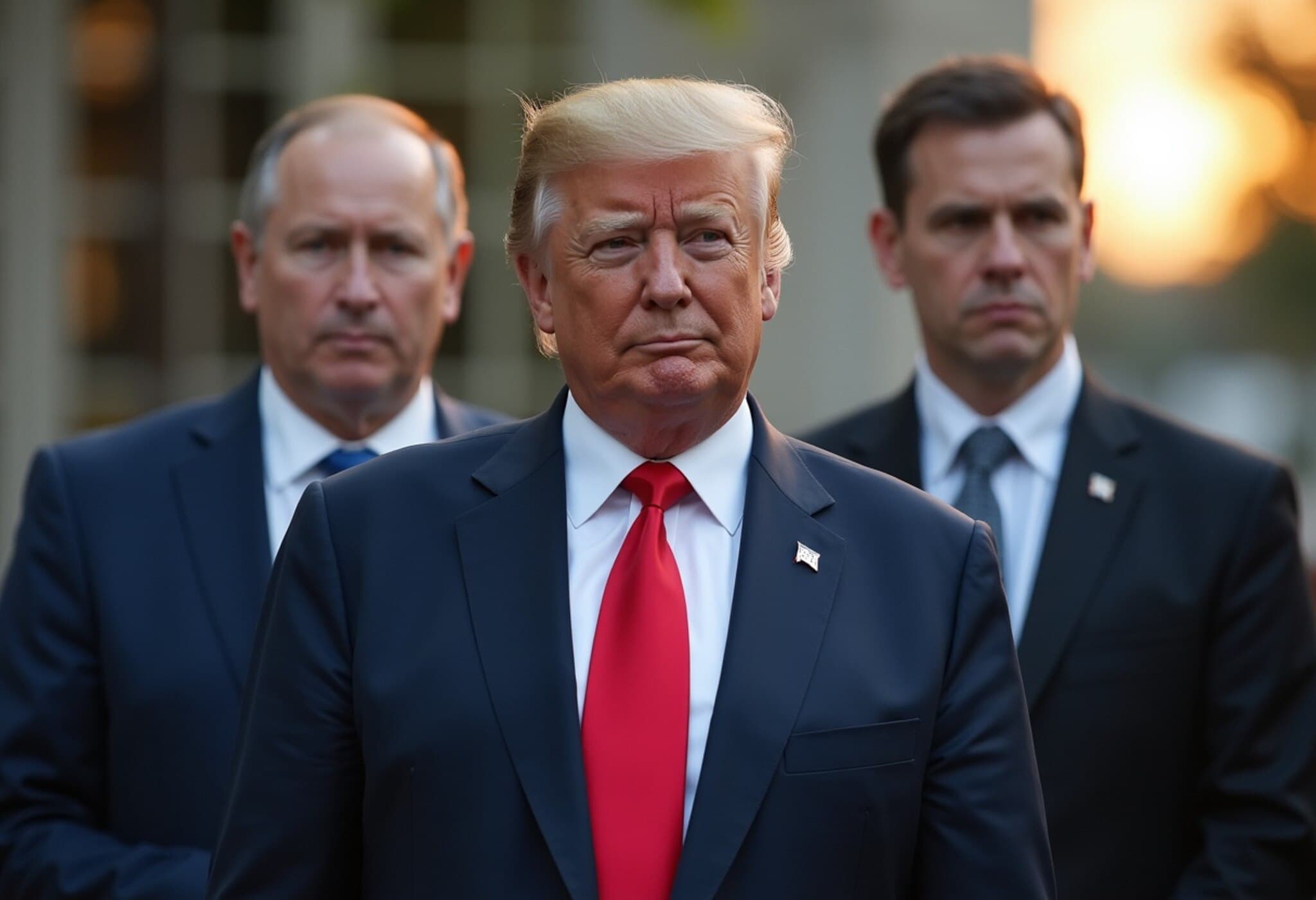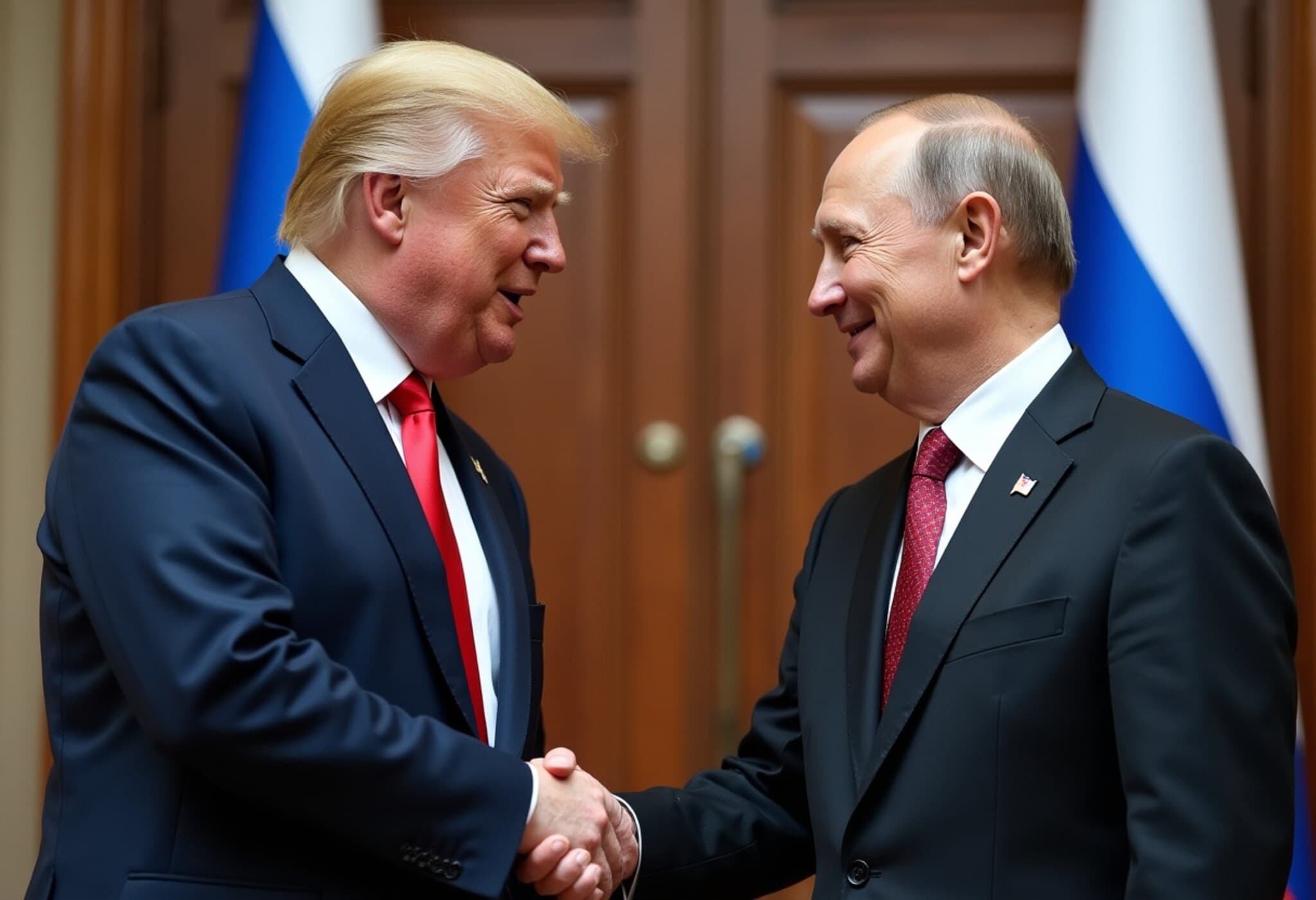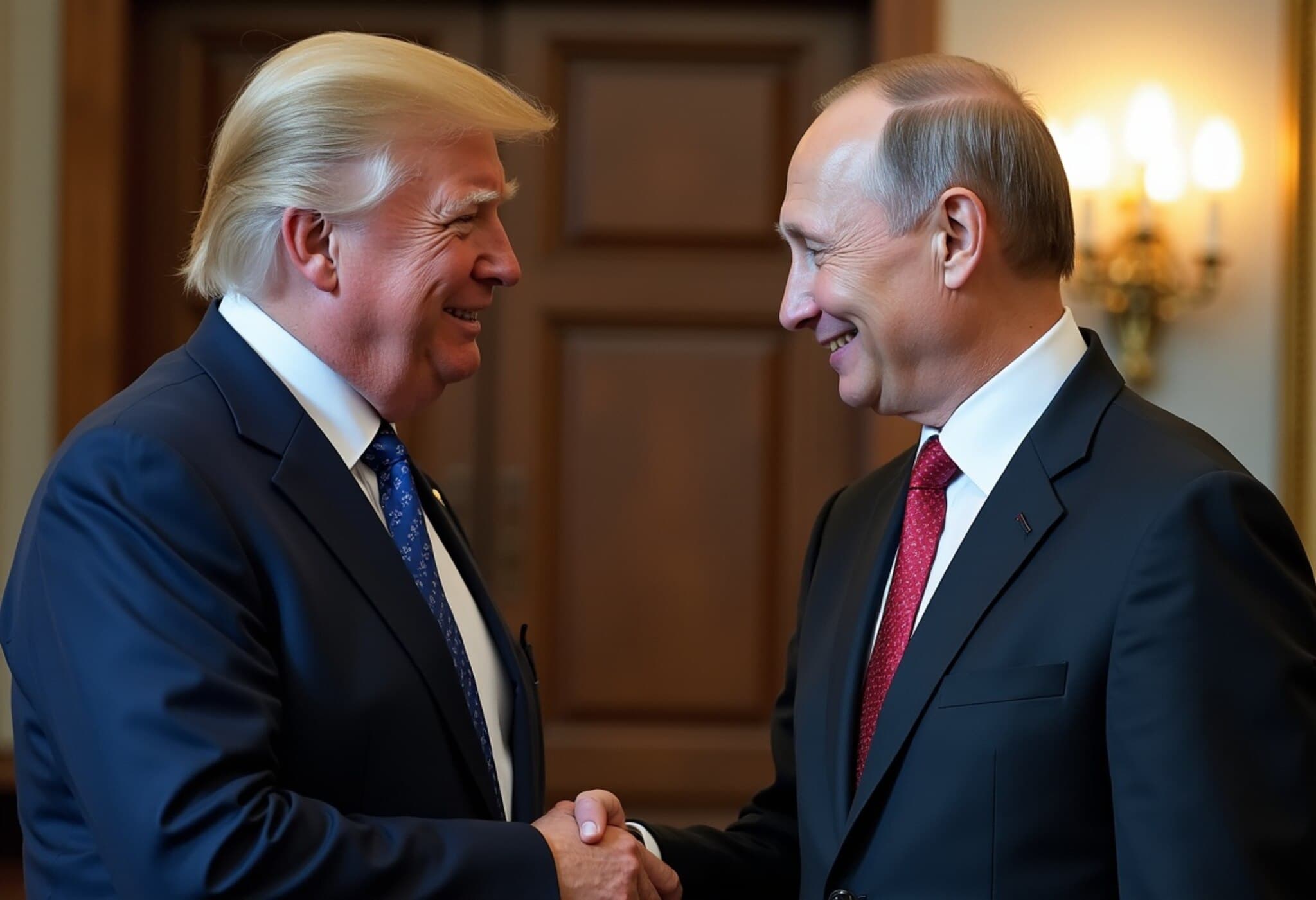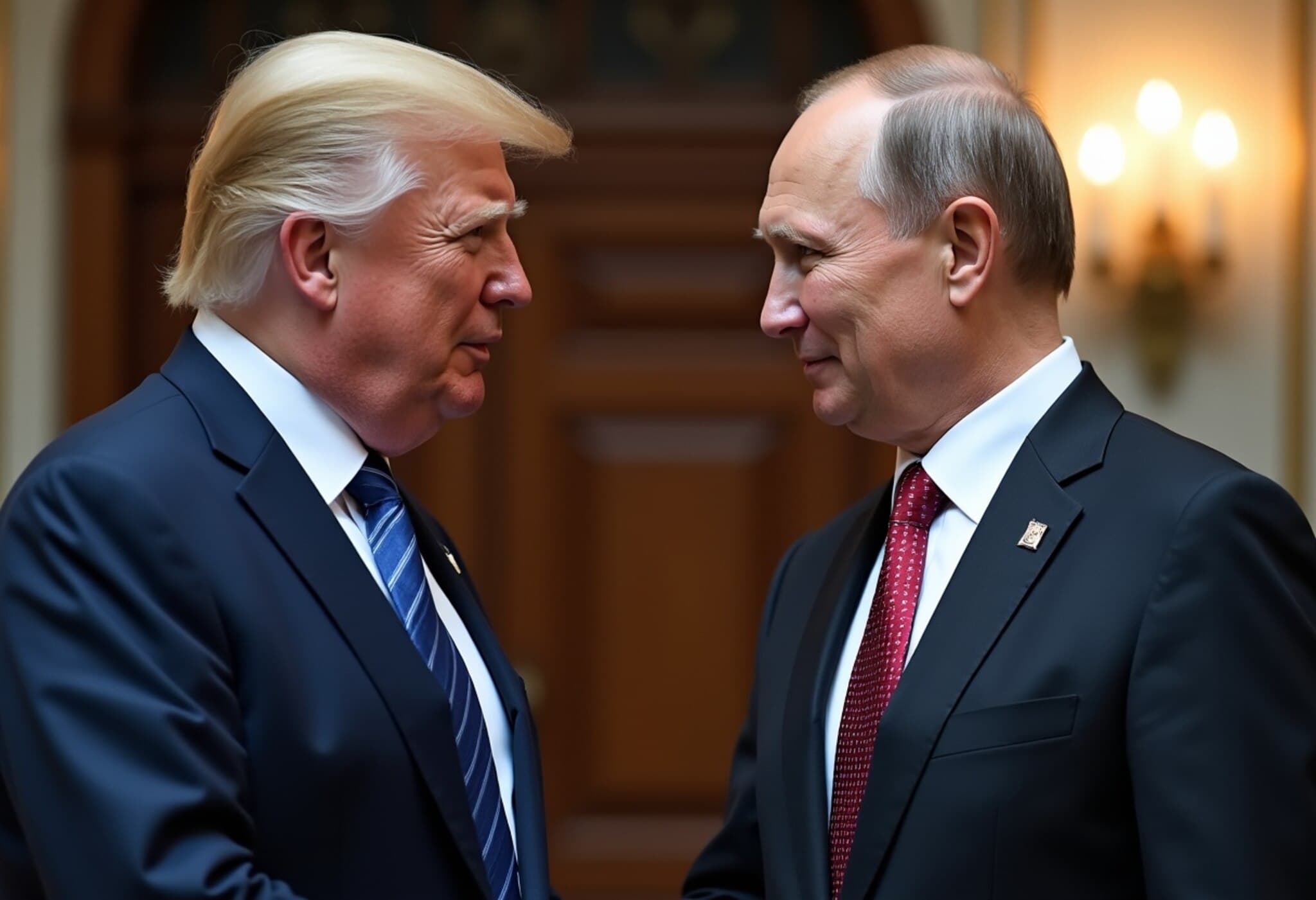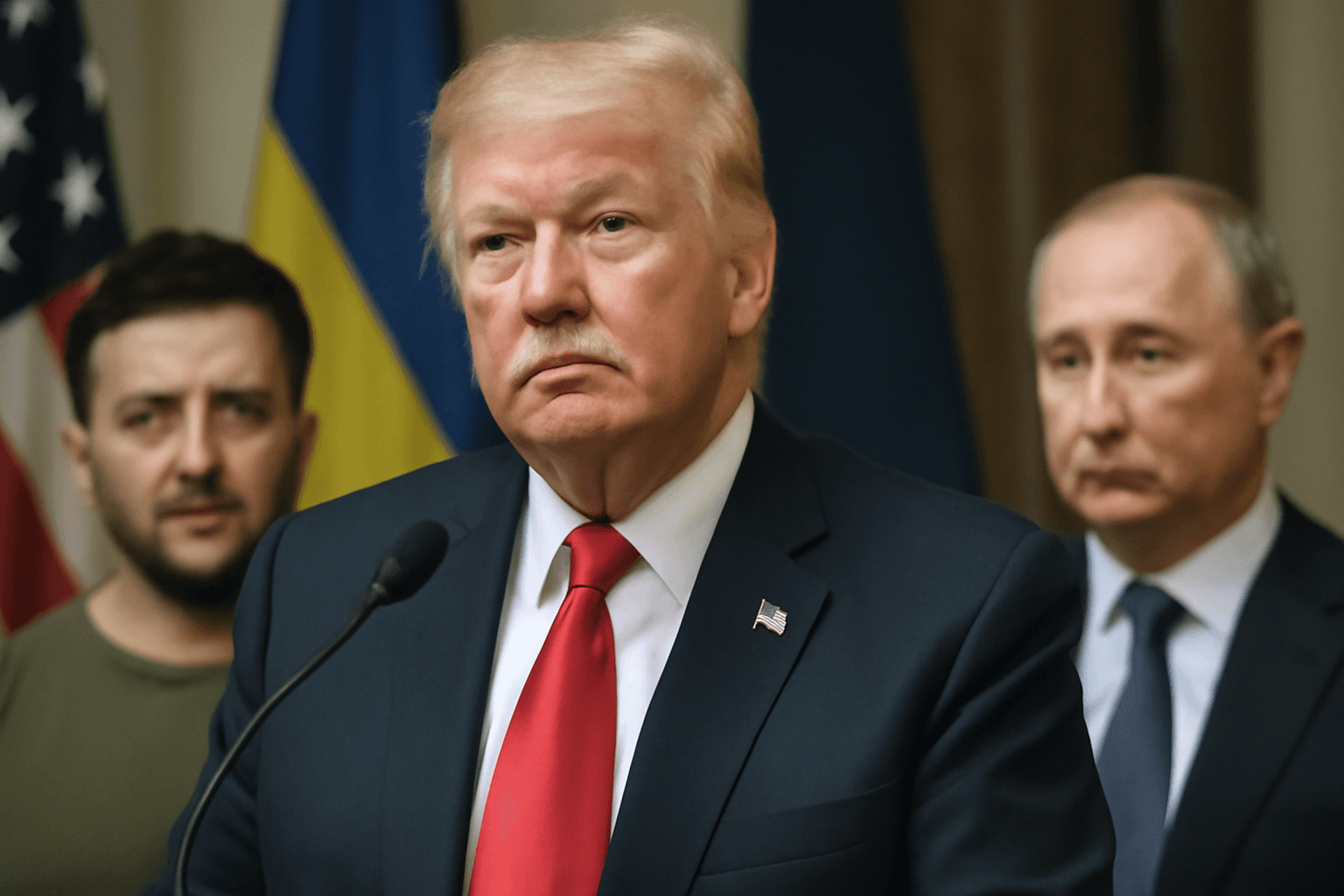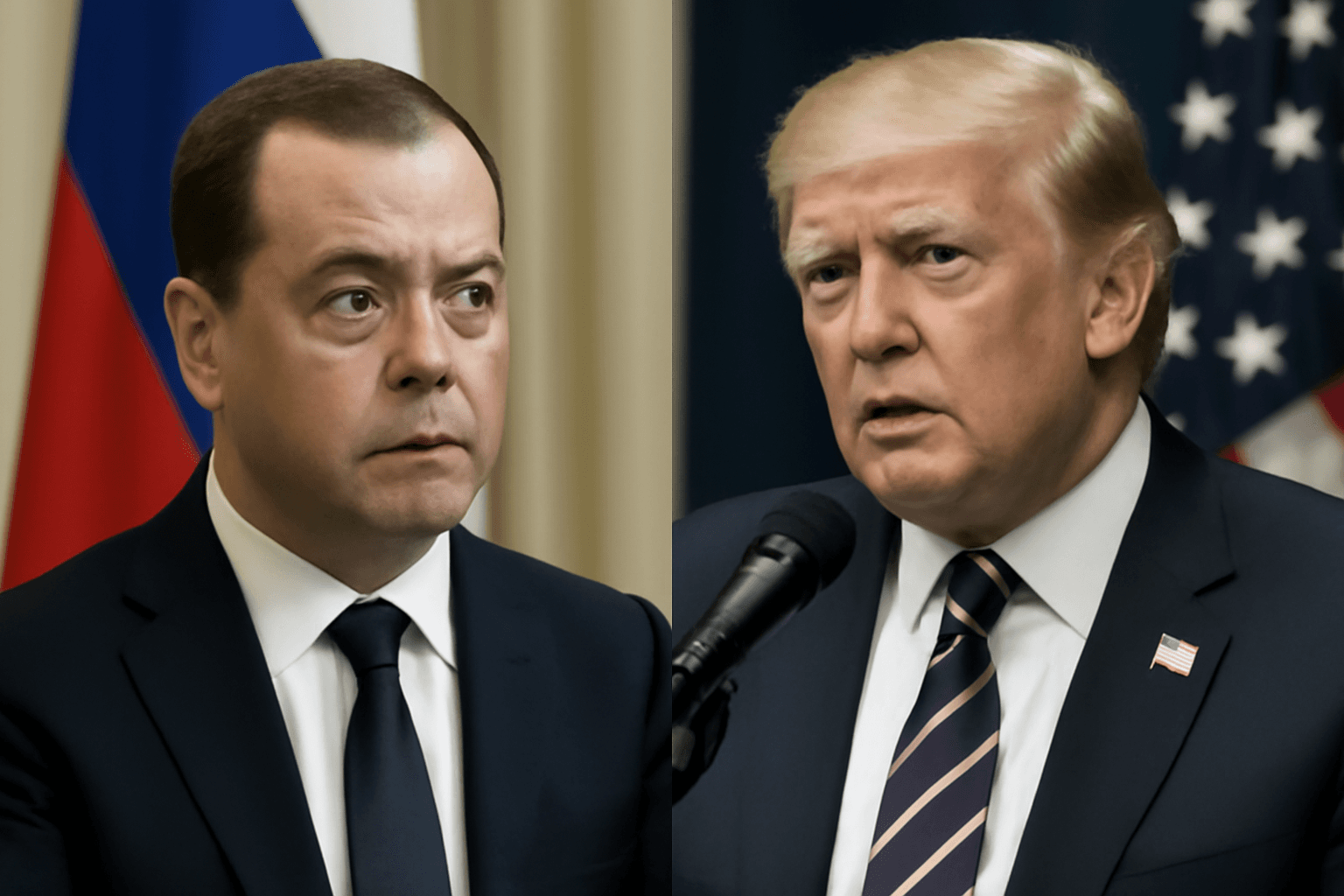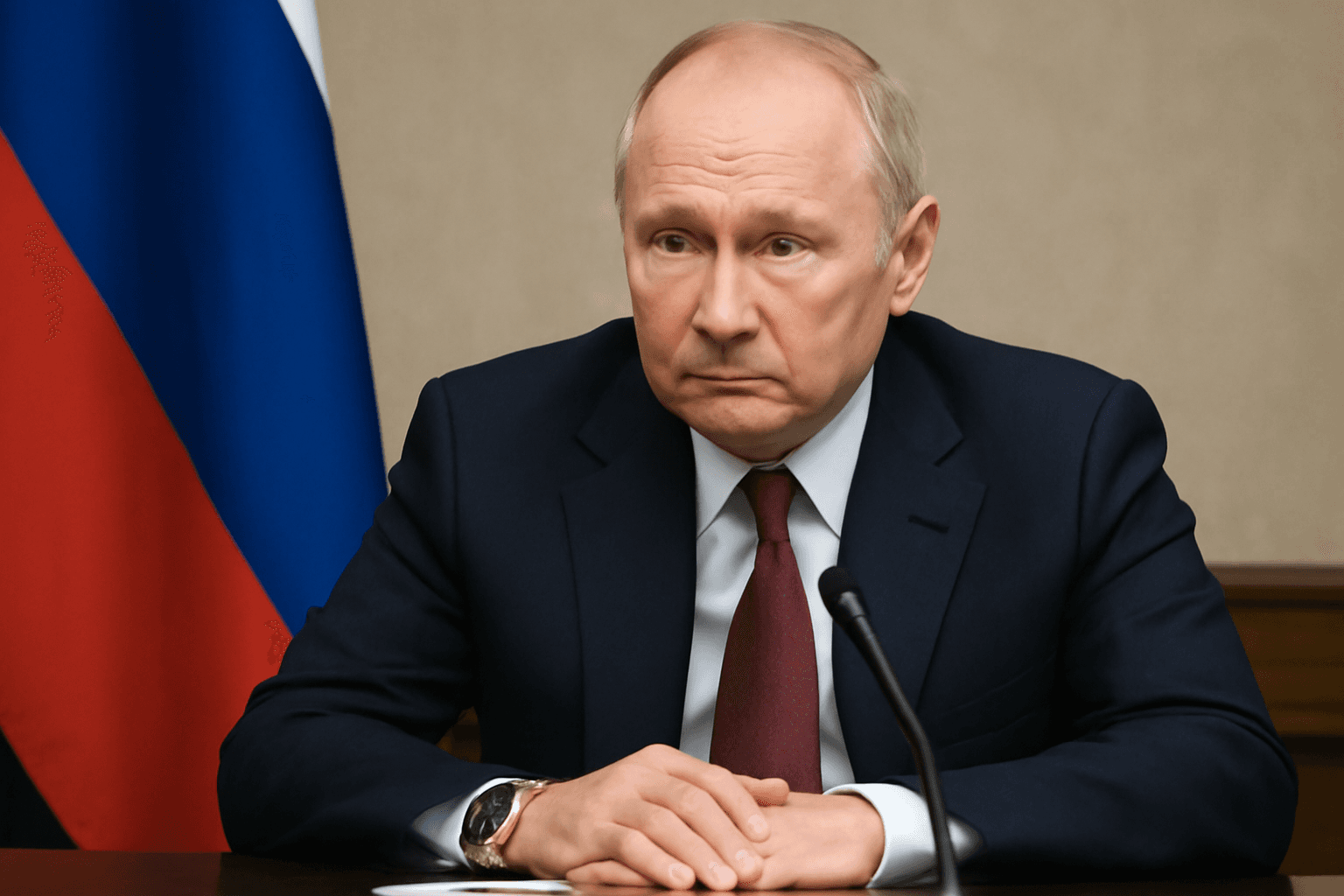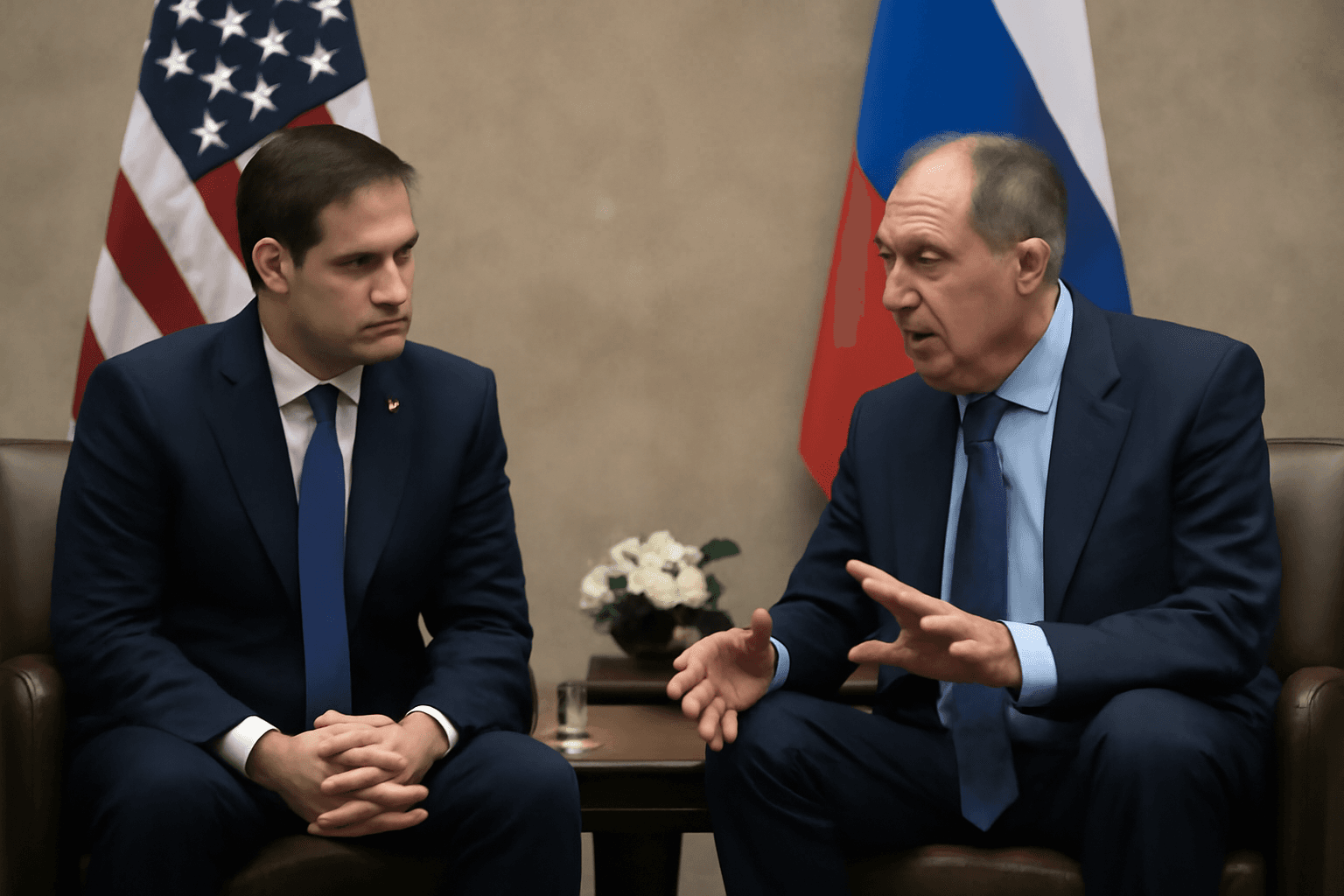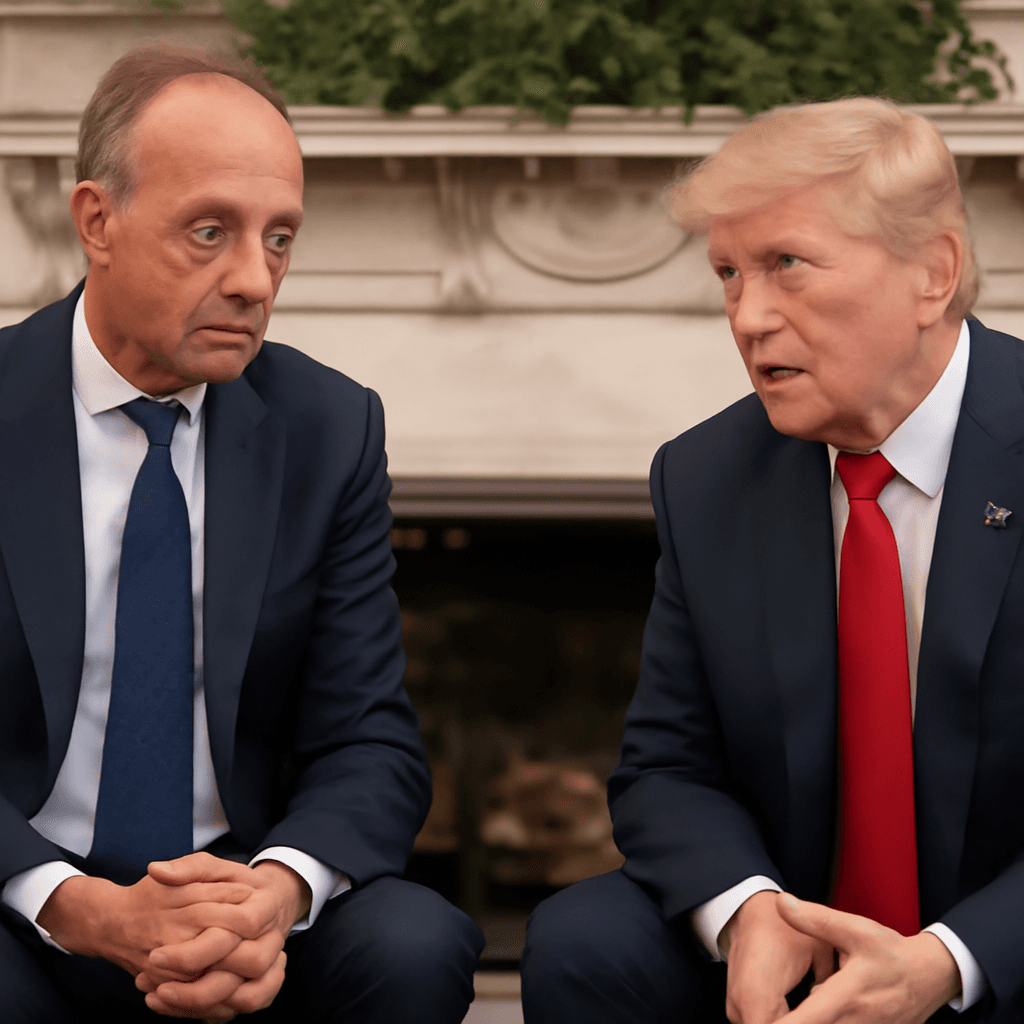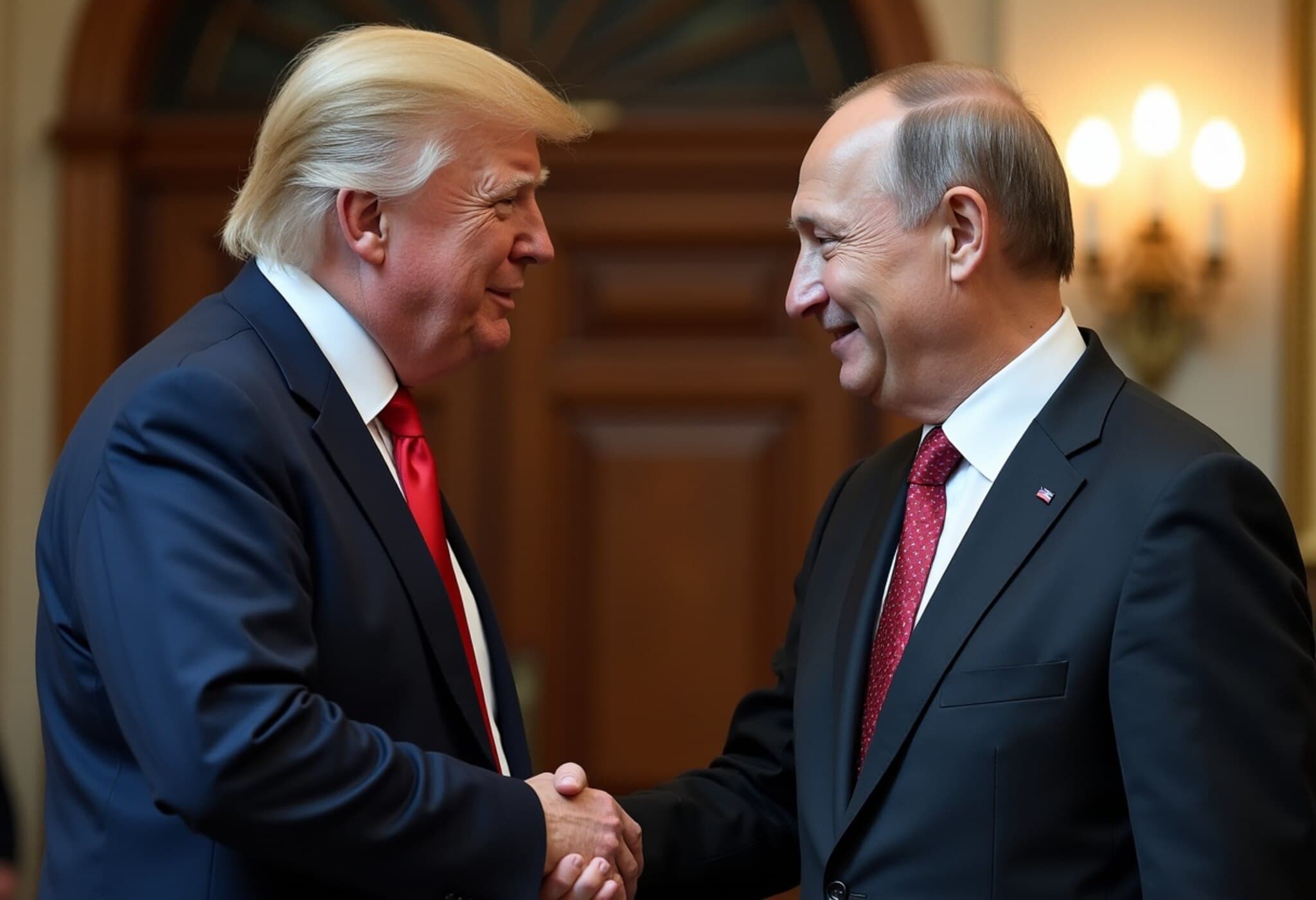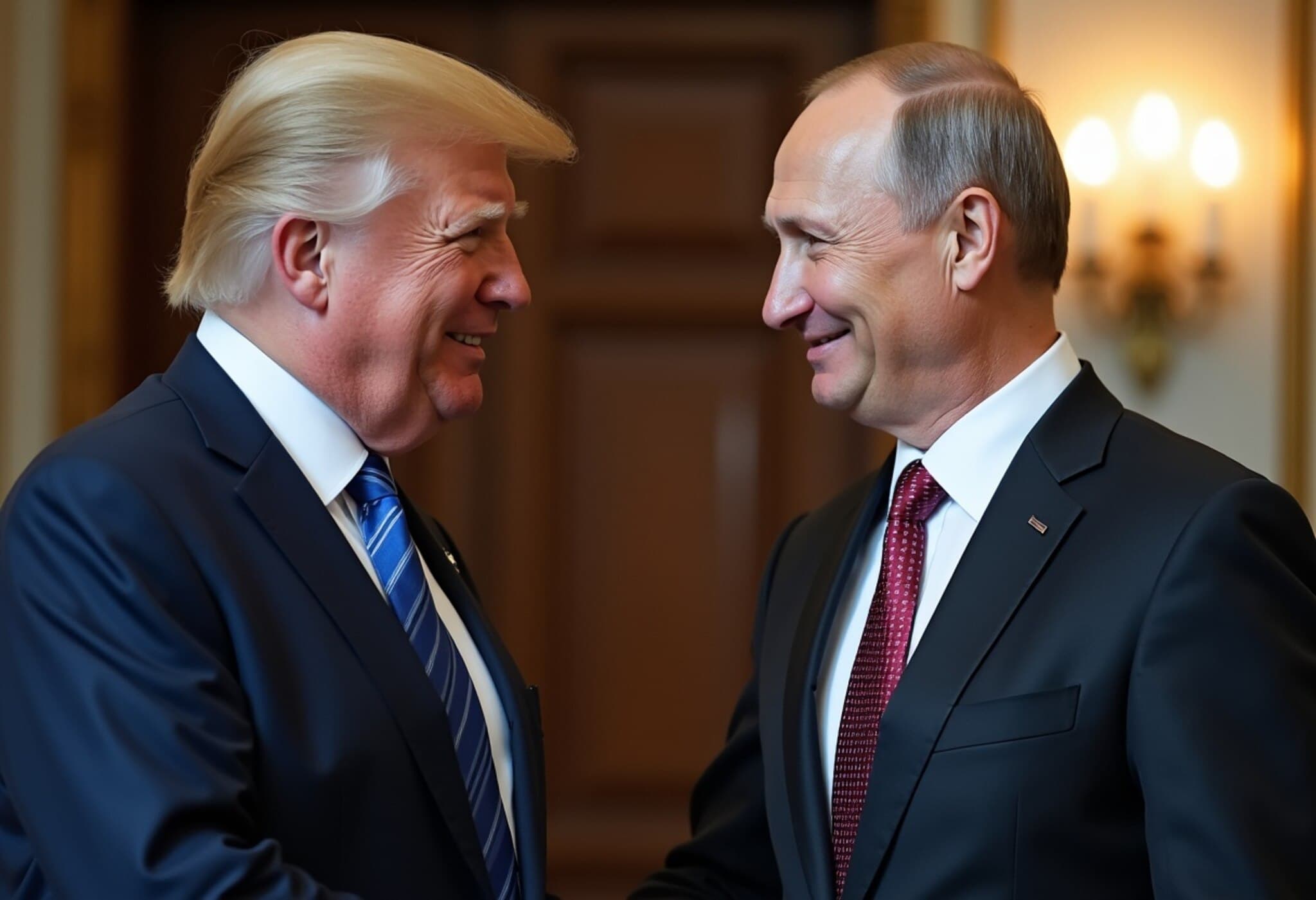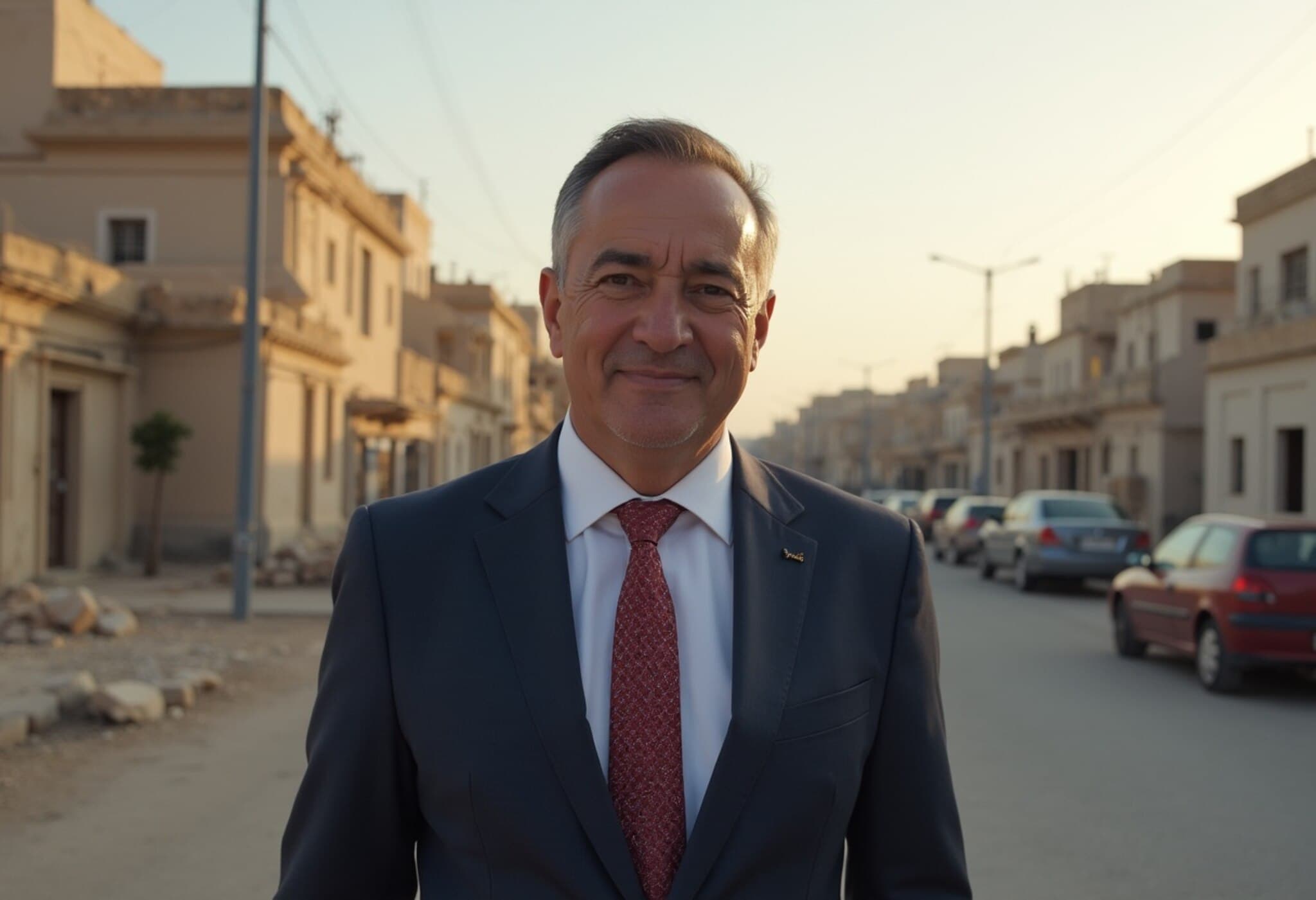Trump's Alaska Summit with Putin: Setting the Stage for Ukraine Peace Negotiations
On August 15, 2025, US President Donald Trump addressed the media in the Oval Office, tempering expectations ahead of his high-stakes meeting with Russian President Vladimir Putin in Alaska. While many anticipated a breakthrough, Trump emphasized that the summit's core purpose is not immediate peace but rather to prepare for a crucial follow-up meeting with Ukrainian President Volodymyr Zelenskyy.
Strategic Preparation Over Instant Resolution
During a candid session with reporters, Trump made it clear that the initial summit in Alaska is intended to "set the table for the next meeting," signaling a pragmatic approach amid the enduring conflict in Ukraine. "I’d like to see it happen very quickly," Trump stated, underscoring the urgency for continued dialogue.
He added, "We’re going to find out where everybody stands, and I’ll know within the first two minutes…If it’s a bad meeting, it’ll end very quickly, and if it’s a good meeting, we’re going to end up getting peace in the pretty near future." This measured expectation marks a departure from his earlier remarks, where he warned of "very severe consequences" should Putin reject ceasefire talks.
A Larger Diplomatic Framework Involving European Leaders?
Looking ahead, Trump revealed that the subsequent meeting could include not just himself, Putin, and Zelenskyy, but potentially key European leaders as well. "Maybe we’ll bring some of the European leaders along, maybe not," he suggested, broadening the scope of potential diplomatic engagement.
Such inclusion could signify the increasing recognition that a multilateral approach may be imperative to resolving the complex geopolitical tensions sparked by Russia’s invasion of Ukraine, now in its third year.
Challenges in Achieving Peace
Despite expressing optimism that both Putin and Zelenskyy are inclined toward peace, Trump acknowledged the difficulties ahead. "I thought the easiest one would be this one. It’s actually the most difficult," he admitted, reflecting the complexity of entrenched hostilities, competing security concerns, and humanitarian consequences that continue to challenge global policymakers.
The Significance of the First Meeting Since 2021
This Alaskan summit stands as the first in-person encounter between Trump and Putin since 2021, a symbolic moment amid intense international scrutiny. Observers note that while direct dialogue is essential, the success of peace efforts rests on balancing power dynamics, respecting Ukrainian sovereignty, and addressing broader security architecture in Europe.
Expert Commentary and Contextual Insights
From a policy perspective, Trump's approach reflects a return to direct diplomacy—a style marked by personal rapport-building but often criticized for lacking alignment with allied strategies. American foreign policy specialists underscore that sustaining peace will require not just high-profile summits but comprehensive mechanisms involving NATO, the EU, and international organizations.
Moreover, the prospect of involving European leaders in follow-up talks is a nod to the critical role they play in economic sanctions, defense support, and diplomatic pressure on Russia, making this potential multilateral dialogue a noteworthy development.
However, experts caution that framing peace as a product of individual meetings risks oversimplifying the protracted conflict’s roots, including territorial disputes, information warfare, and deep-seated mistrust. Thus, the Alaska summit should be viewed as a starting point in a long, delicate process rather than a quick fix.
Looking Ahead: What to Watch For
- Responses from Moscow and Kyiv post-summit, particularly on ceasefire commitments.
- The composition and outcomes of the anticipated second meeting involving Zelenskyy and possible European leaders.
- Reactions from NATO and the United Nations, assessing diplomatic alignment and security assurances.
- Public sentiment in Ukraine and Russia, and how peace talks might influence domestic politics.
Editor’s Note
While President Trump’s Alaska summit with Vladimir Putin may not yield instantaneous peace, it underscores the undeniable importance of dialogue amid a devastating war that has reshaped global geopolitics. As tensions persist, this meeting represents a cautious but necessary step toward exploring diplomatic pathways. Observers and citizens alike should watch closely how subsequent talks evolve, considering the human costs and geopolitical stakes involved. Ultimately, sustainable peace in Ukraine will require more than meetings—it demands persistent, inclusive diplomacy shaped by shared commitment and realistic expectations.

